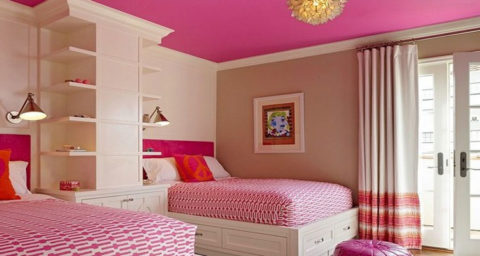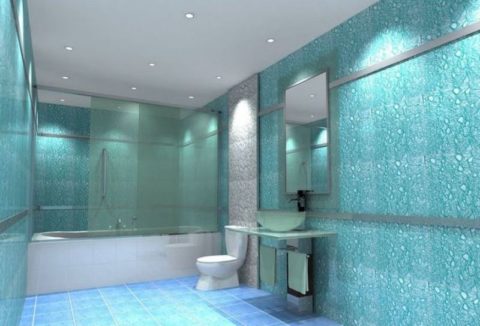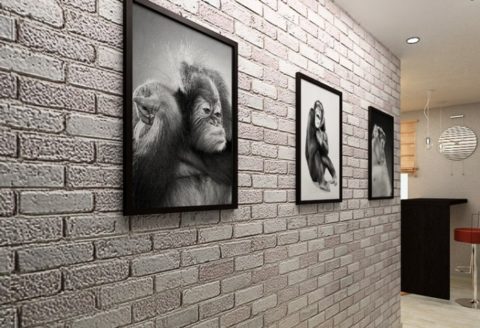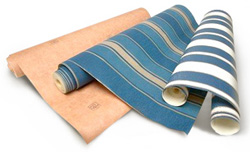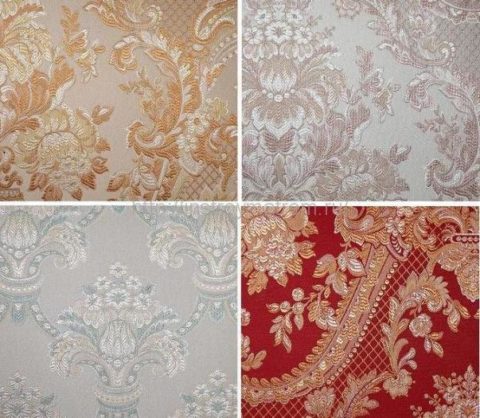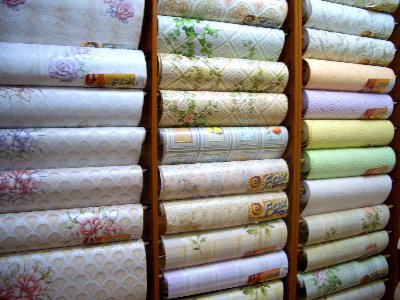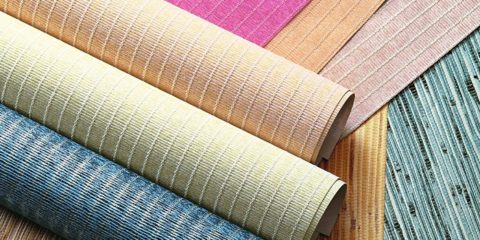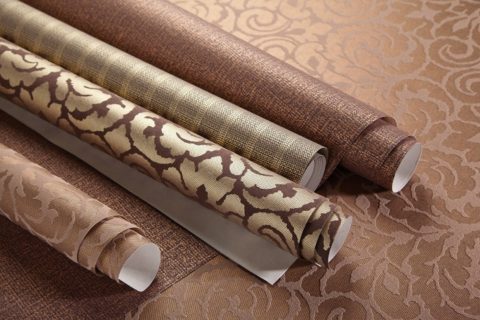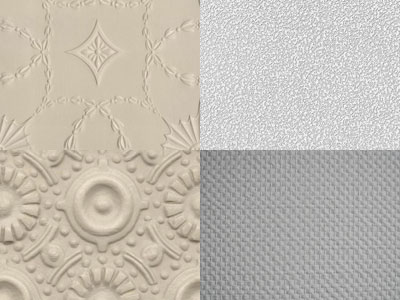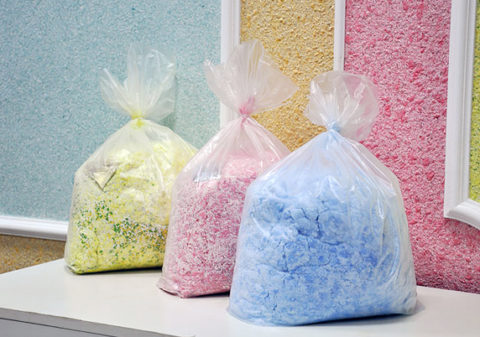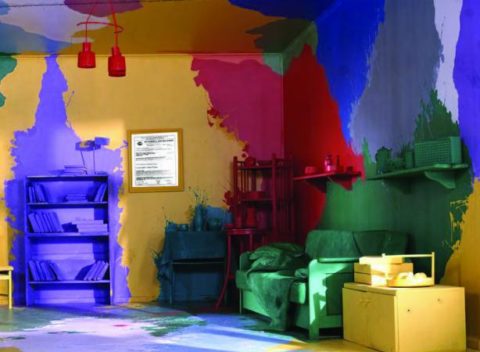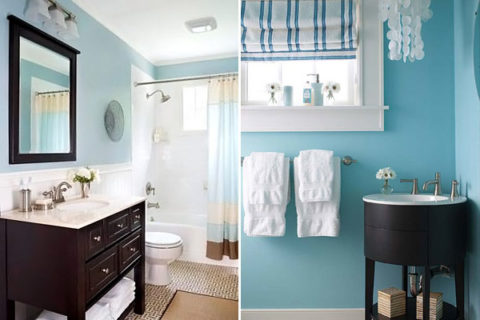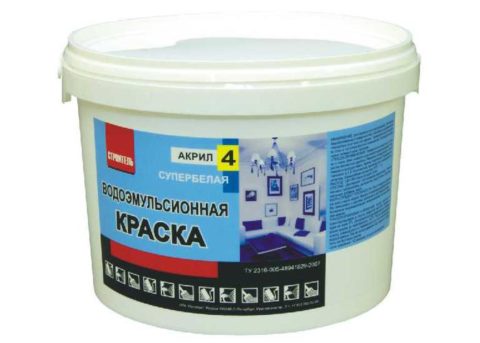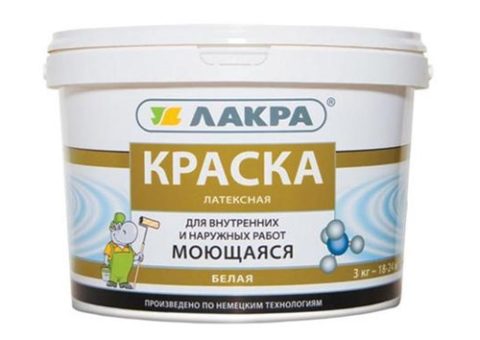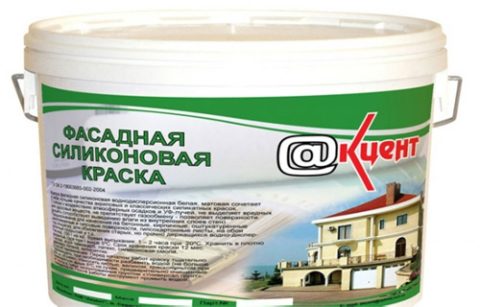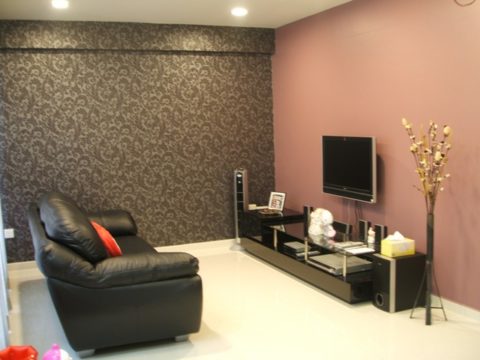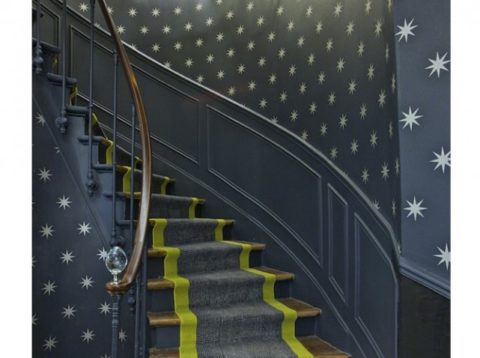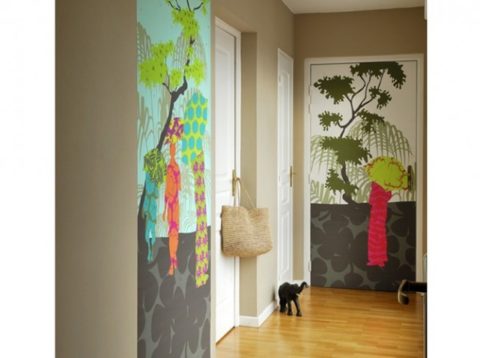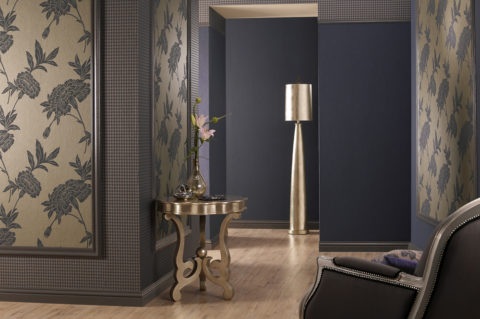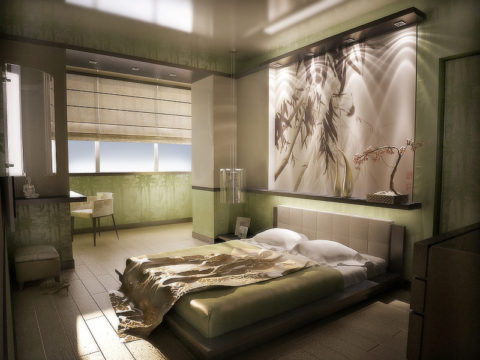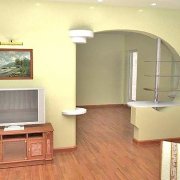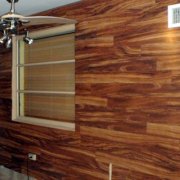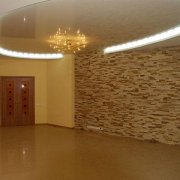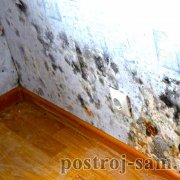Wallpaper or wall painting - which is better
When choosing wall finishes, very often the owners do not know which materials to give preference to. Wallpaper or wall painting, which is better? Both of these options have the right to use, but each has its pros and cons.
In the article we will analyze the advantages and disadvantages of each type, talk about the types of paint and wallpaper for various rooms, and also provide thematic photos.
The content of the article
All about wallpapers
To make a choice finish options, and decide which is better: wallpaper or wall painting, you need to know at least something about both materials. Therefore, we will talk about each separately.
Types of wallpaper used
Wallpaper not only serves as the background or the main decoration of the walls, but some types still sound and heat insulate the room to some extent.
For wall decoration in residential buildings and apartments, manufacturers offer the following types of wallpaper:
- Thin.
- Triplex.
- Fabric or textile.
- Vinyl.
- On a paper basis.
- On a non-woven basis.
- On a paper basis.
- On a polymer basis.
- Cullets.
- Thick paper.
- Non-woven.
- With acrylic spraying.
- Liquid wallpaper.
According to the structure and manufacturing method, wallpaper is divided into:
- Smooth.
- Embossed.
- Textured.
- Structured.
Advantages and disadvantages of wallpaper
If it has not yet been decided which is better: to paint the walls or to glue the wallpaper, then we offer a comparative table on the types of wallpaper being produced. Consider separately the operational characteristics of each type.
| Name | Where apply | pros | Minuses |
| Dry rooms with low traffic (bedrooms, children). |
|
| |
| Rooms with normal humidity (bedrooms, nurseries, living rooms). |
|
| |
| Dry rooms (bedrooms, living rooms, children). |
|
| |
| Premises with moderate humidity (kitchens, bedrooms, living rooms, nurseries, hallways). |
|
| |
| Rooms with any humidity and high traffic (kitchens, bathrooms, hallways, living rooms). | High resistance to mechanical and chemical influences. When cleaning, you can use detergents with chemical additives. Stick well. Long service life. Moisture resistance. Well mask small flaws in the walls. |
| |
| Rooms with moderate humidity and increased load (hallways, corridors, kitchens, living rooms). |
|
| |
| Rooms with high humidity and high traffic (bathrooms, bathrooms, corridors, hallways). |
|
| |
| Any room in the house. |
|
| |
| Premises with moderate humidity (nurseries, kitchens, bedrooms, living rooms). |
|
| |
| In dry rooms (bedrooms, nurseries, living rooms). |
|
|
All about paint
We continue to find out which is better: paint the walls or wallpaper. We talked about wallpapers, now let's talk about paint for decorating living quarters.
What paint is used for decoration
Important! Experts recommend using water-dispersed compounds when decorating residential premises with their own hands. These are water-based paints, without the addition of various solvents and other harmful substances that can cause an allergic reaction in those living in the house. Therefore, almost all paints for walls and ceilings are environmentally friendly and harmless to others.
But in their composition they can have various components that improve the performance of the material.
Manufacturers produce paints containing the following additives:
- Polyvinyl chloride (PVA).
- Acrylic.
- Latex.
- Silicone
We will tell about each type separately.
Advantages and disadvantages of interior paint
Modern paint for decorating water-based rooms has more advantages than disadvantages. But, sadly, some species still have them, and we cannot say about them. Although, rare cons more than overlap with the exceptional positive qualities of the material.
| Name | Where applicable | pros | Minuses |
| Dry rooms without a lot of traffic (nurseries, bedrooms, living rooms) |
|
| |
| Humid rooms (kitchens (seePaint for walls in the kitchen: which one to choose), corridors, hallways, living rooms, bedrooms) |
| You need a perfectly flat surface for painting. | |
| High humidity rooms (bathrooms, bathrooms, kitchens) |
|
| |
| Rooms with high humidity and high traffic (bathrooms (seeWhat paint to paint the bathroom: consider options), showers, hallways, corridors). |
|
|
That's probably all you need to know about paint. Now, comparing both materials, it will not be difficult for you to decide which is better - painting the walls or wallpaper. If you still have doubts, or you like both, then we offer a selection of photos with interiors, the design of which is made with a combination of paint and wallpaper.
Gallery
- A harmonious combination of wallpaper on the central wall, and water-based paint on other surfaces.
- Bright bedroom, in which the area of the headboard is highlighted with paint. This emphasis visually expands the space, and serves as a backdrop for decor items and accessories.
- In this photo, plain wallpaper is combined with painting to match the primary color. A small canvas with color print and bright furniture enliven the interior.
- The flight of steps is decorated with wallpaper in the upper part, and the lower half is painted with a water emulsion in tone, and made in the form of panels.
- The walls of the corridor are covered with a neutral color acrylic paint, with bright panels from colorful prints accenting.
- The entrance hall, in the interior of which the walls with wallpaper are harmoniously arranged, and the surfaces of the niche and built-in furniture painted with latex paint.
- Another option with painted walls and wallpaper in the form of a panel. This combination contrasts well with white furniture and dark floors.
- In this bedroom, the coloring is applied in the form of decoration, the middle is highlighted with a contrasting molding, and the rest of the space is covered with wallpaper.
Conclusion
Both wallpaper and water-based paint on walls or ceilings can be applied equally well. In any interior you can harmoniously fit both of these materials. The main thing is to strictly adhere to the chosen style direction, and skillfully combine colors.
And to choose which is better: to glue wallpaper or paint walls, it depends only on your preferences, configuration and dimensions of the rooms in the house, the quality of the walls and financial capabilities. Well, and yet - the presence of some skills in decoration. In conclusion, watch the video in this article for clarity in this matter.
